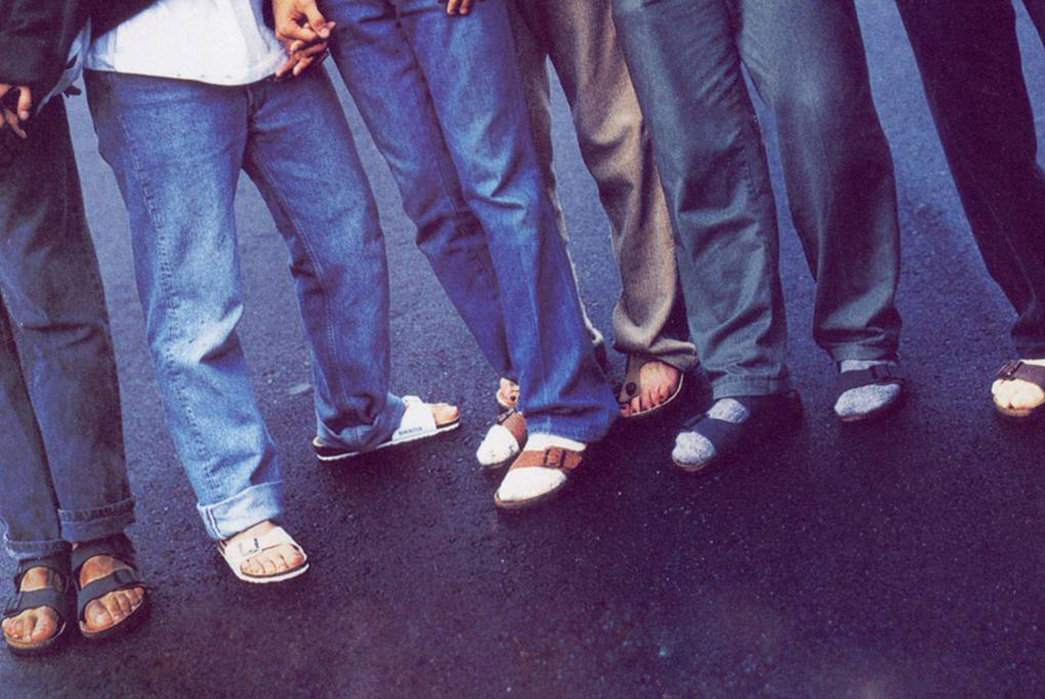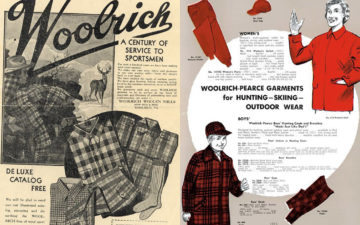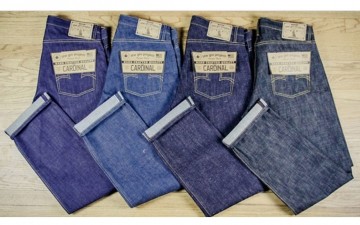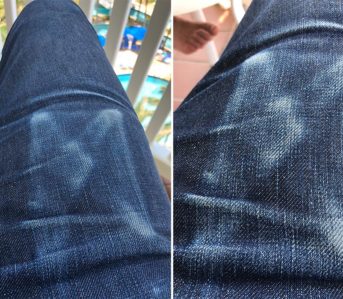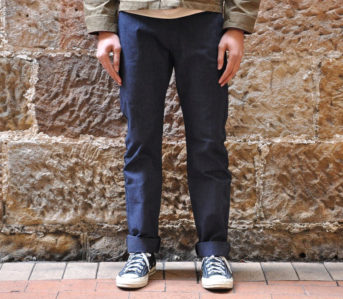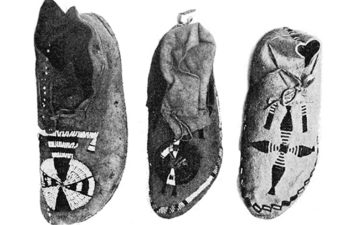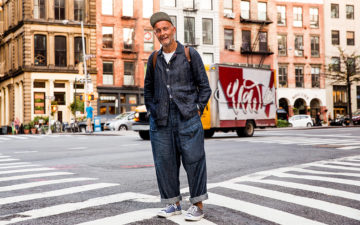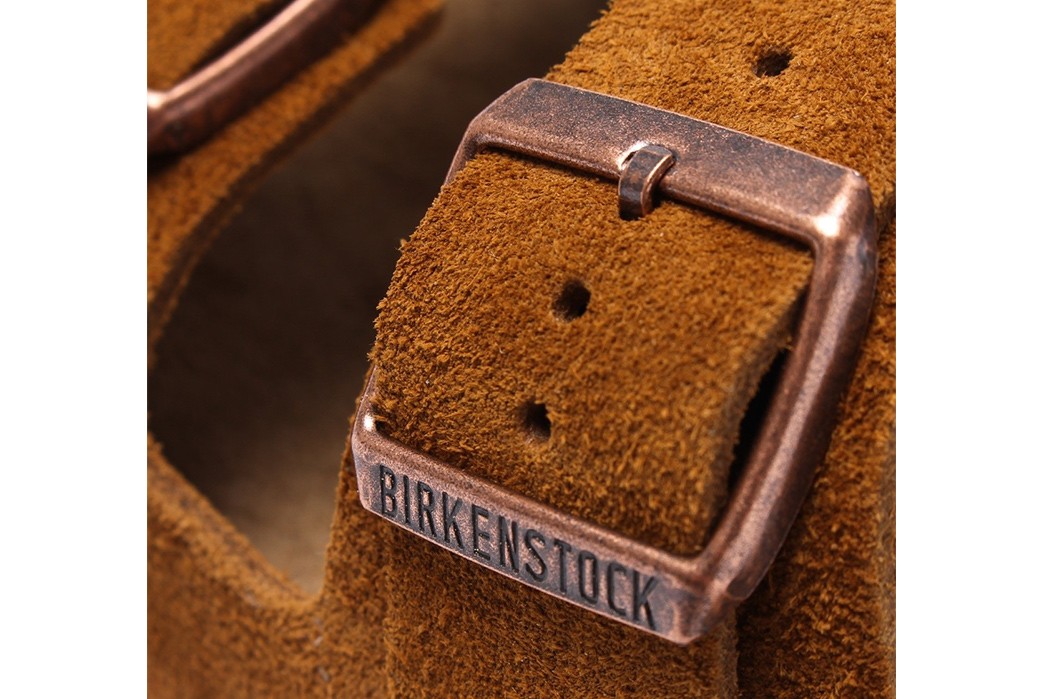
Image via Woodhouse Clothing
We feature many heritage brands here at Heddels, but not many of those brands have a history that dates back to the eighteenth century. An iconic footwear brand founded before the United States declared independence, Birkenstock has been in the footwear business for well over two hundred years, creating a legacy of innovative sandals that provided unprecedented comfort and support to the masses.
Favored by people from all walks of life, Birkenstock is a perennial footwear brand with a global presence. We’re taking a look at just how Birkenstocks ended up on the feet of geography teachers worldwide and how the German shoemakers revolutionized footwear as we know it.
Brand History and Philosophy
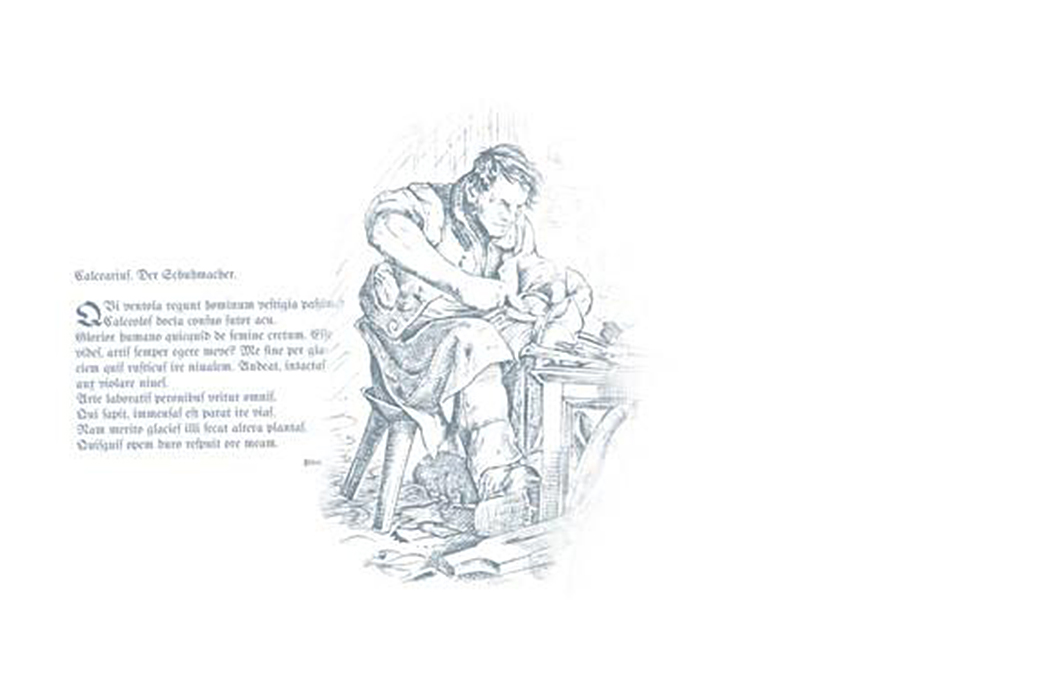
An illustration of Johann Birkenstock
The Birkenstock story begins in 1774 when Johann Adam Birkenstock was listed as “subject and cobbler” in the archives of a church in Langen-Bergheim, a small village in the German district of Hammersbach. Fast forward over one hundred years and Johann’s grandson, Konrad Birkenstock, had become a master cobbler, running two specialty shoe shops in Frankfurt. In 1896, Konrad conceived the first Birkenstock revolution; the flexible insole. At this point, a completely flat footbed was the standard for all forms of footwear, but Konrad sought to design a product that provided greater comfort and traction by mimicking the curves and contours of feet. He began manufacturing Birkenstock ‘Fußbett’ insoles and selling them to specialist shoemakers.
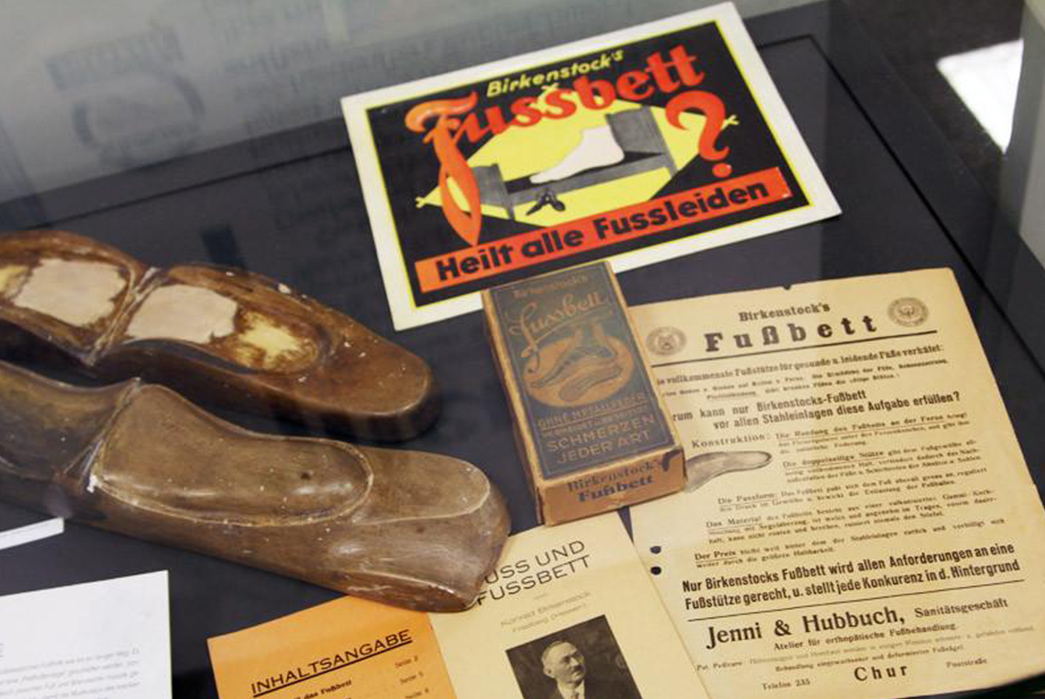
Image via Complete Birkenstock
Not long after the conception of the flexible insole, Konrad began giving expert lectures to shoemakers and cobblers all over Germany and Austria, explaining his concept of malleable, custom-made footwear. He used these opportunities to sell production licenses for his revolutionary flexible footbed to other shoemakers. By 1902, Konrad had designed the first flexible arch support—an insert for factory-made shoes—and begun distributing this product all over Germany.
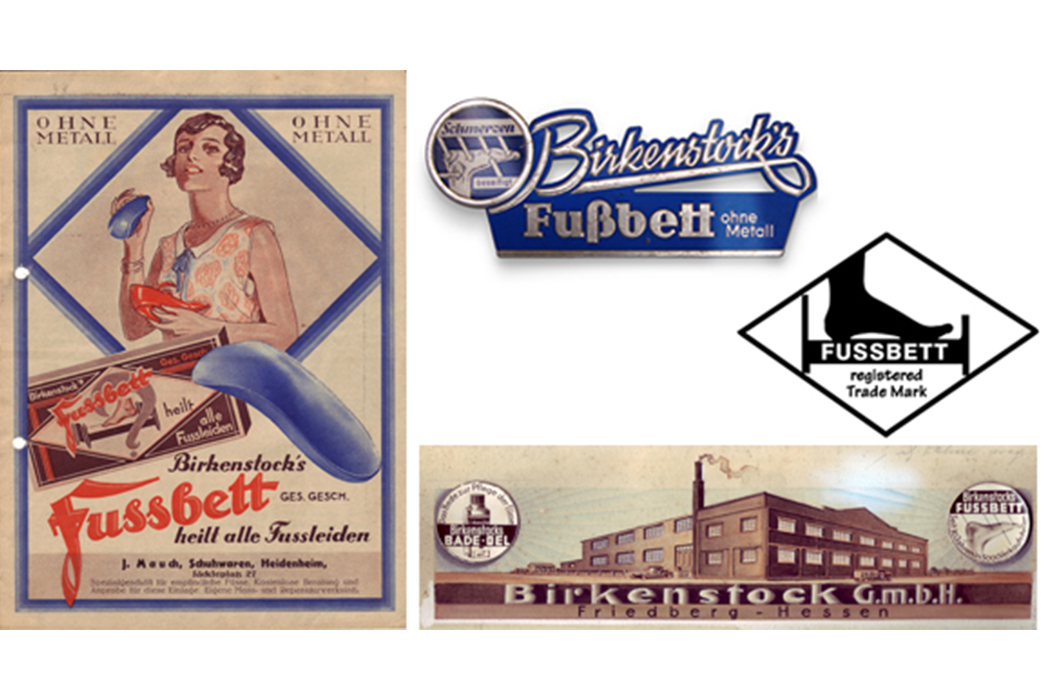
Image via Birkenstock
Over two decades later in 1925, Birkenstock—still led by Konrad Birkenstock—purchased and extended a large factory in Friedberg, Germany, to accommodate the ever-growing demand for their patented Fußbett. Konrad’s son, Carl, joined the family business and furthered Birkenstock’s foray into podiatry by launching Birkenstock training courses. Endorsed by physicians, these one-week podiatry and specialist footwear courses were attended by over five thousand industry professionals. Carl Birkenstock went on to publish ‘Podiatry—The Carl Birkenstock System’ in 1947, an illustrated book expanding on the theories that spawned Birkenstock’s inventions.
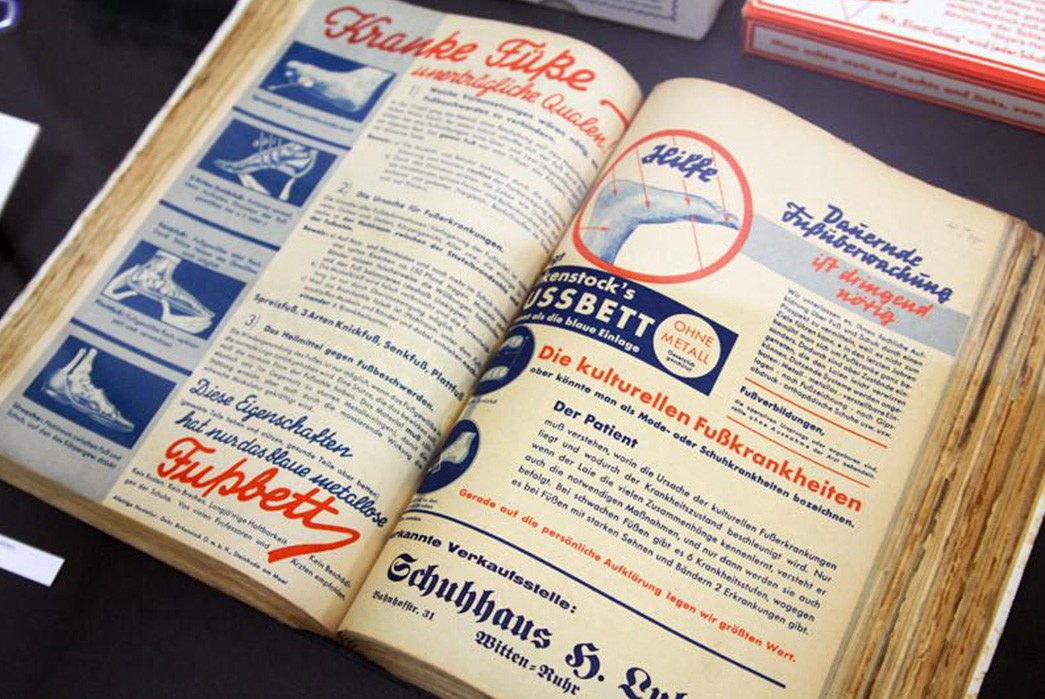
Podiatry- The Carl Birkenstock System via Complete Birkenstock
It wasn’t until the early sixties that Birkenstock would finally produce a ready-to-wear piece of footwear. Karl Birkenstock’s son, Carl, launched the Madrid style in 1963, the brand’s first sandal. Standing as the worlds first fitness sandal, the Madrid featured a singular strap over the toes and a deep, flexible footbed, similar to those found on Birkenstock sandals to this day.
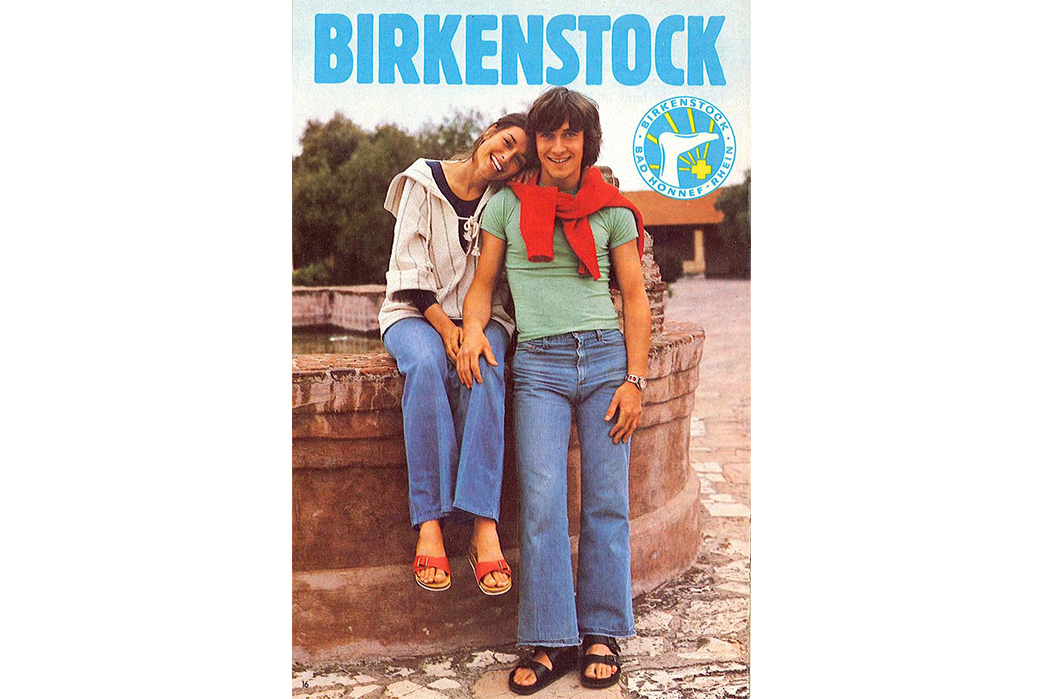
Birkenstock Madrid (left) and Arizona (right) on a 70’s advert via Pinterest
The reaches of the Birkenstock brand were still limited to Germany and other parts of mainland Europe until an American tourist named Margot Fraser visited Germany in 1966. Margot was allegedly introduced to Birkenstock sandals in a German spa and found they provided swift relief for the chronic foot pain she had suffered for years. Inspired by these health benefits, Margot decided to import Birkenstocks to the USA, founding a trading company called Birkenstock Footprint Sandals, Inc. in California. Margot’s business endured a slow start, but the early seventies saw Birkenstock boom into fashion with the release of the now-iconic Birkenstock Arizona. Birkenstocks became popular amongst ‘hippie’ and other liberalist sub-cultures due to their somewhat unconventional appearance. The brand’s success saw Margot’s company grow into a multi-million dollar operation over the next thirty years and she is now credited as playing a huge role in the global success of Birkenstock.
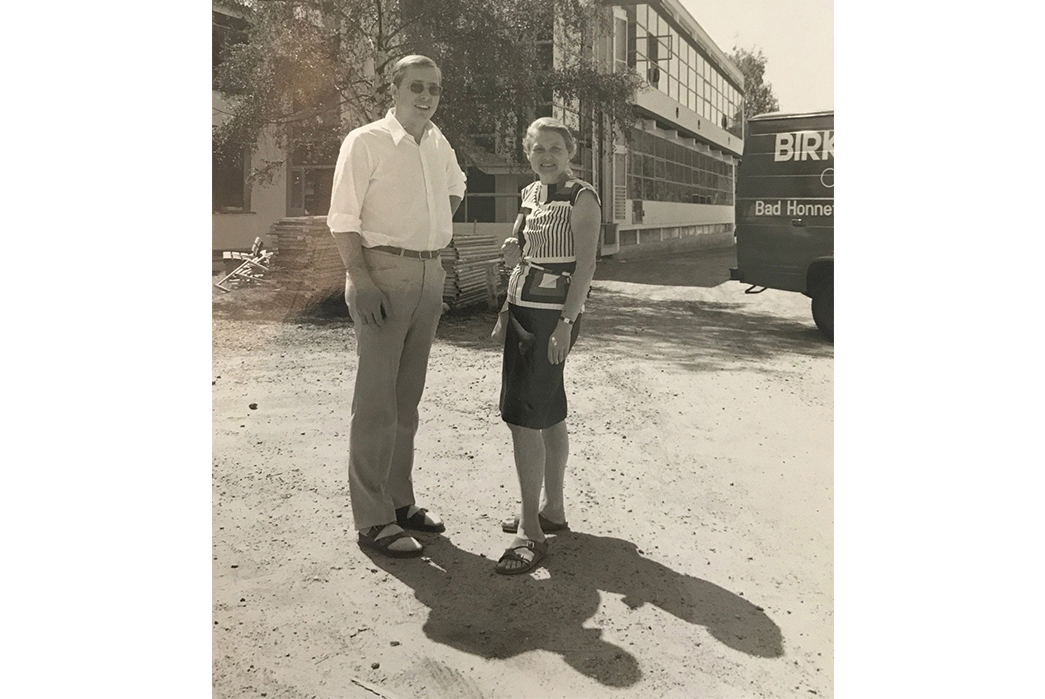
Margot Fraser in front of a Birkenstock van via Complete Birkenstock
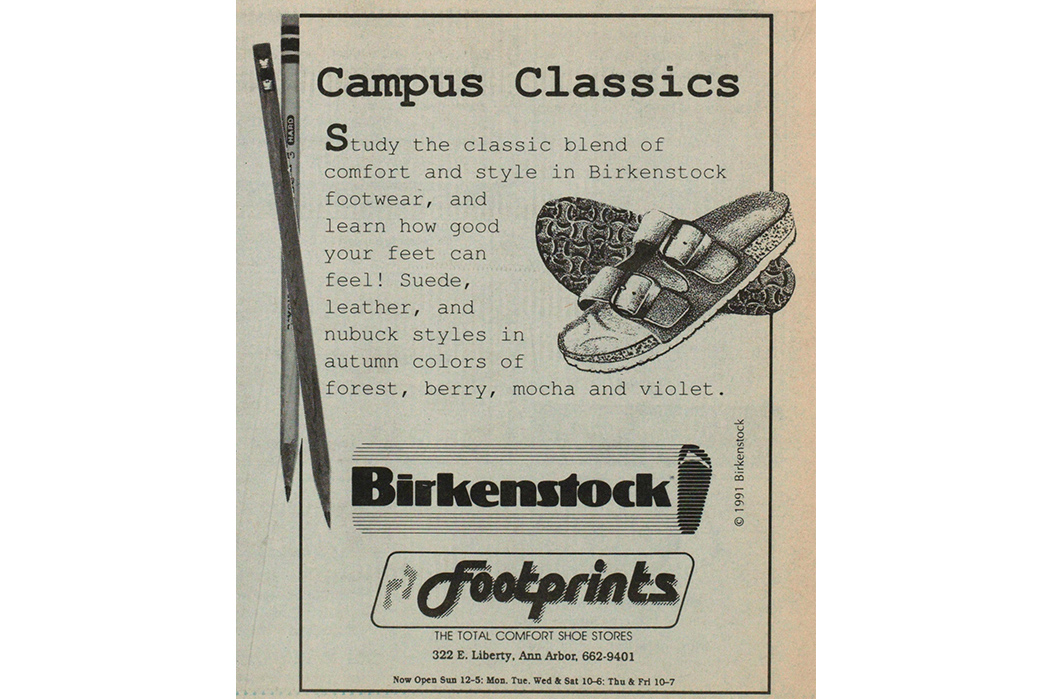
A vintage Birkenstock Footprint Sandals, Inc. advert via Ann Harbor District Library
At the heart of every Birkenstock sandal was the brand’s signature footbed. Conceived in the thirties, the Birkenstock footbed features a deep, contoured composition with a raised toe-bar for grip and stability. Usually sat upon an EVA outsole, the footbed is constructed from cork-latex with a foam overlay and suede lining. In addition to being comfy and posture-regulating from the get- go, the natural materials used to build the Birkenstock footbed soften and mold to the wearer’s feet over time, improving comfort and traction with each wear.
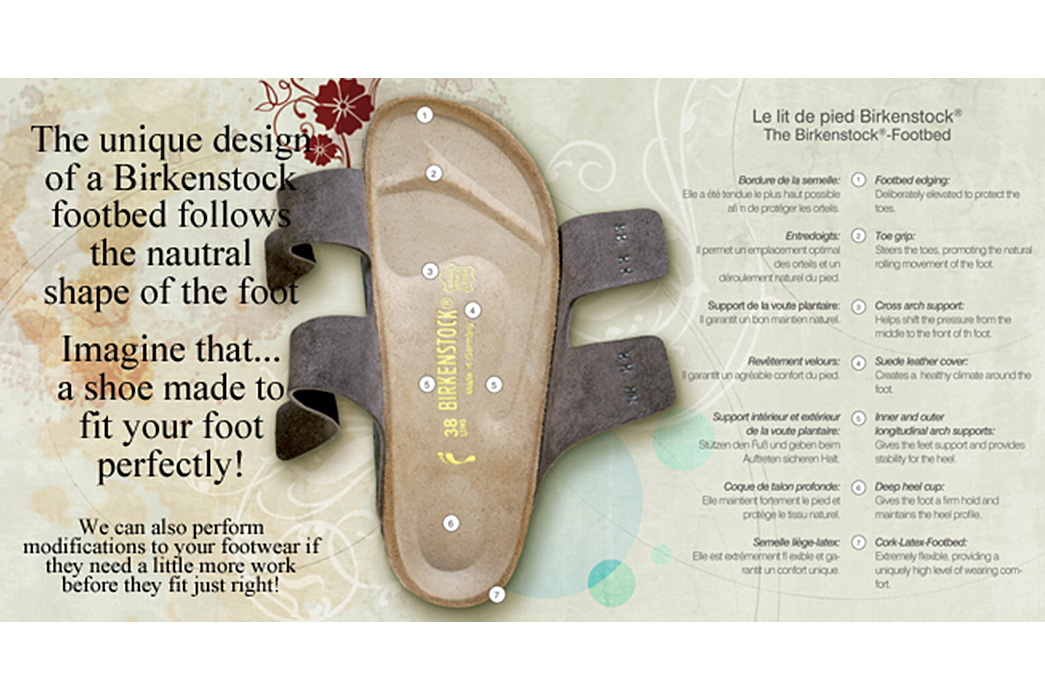
Birkenstock Footbed guide via TWPedorthic
By 1985, Birkenstock was a household name with numerous distributors and stockists across the world selling a collection of up to forty style/ color combinations. The brand’s philosophy remained centered on podiatry and healthy footwear, with Karl Birkenstock publishing another book, ‘The Birkenstock Foot Primer’, in a run of 360,000 copies. In the late eighties, Birkenstock took measures to reduce the environmental impact of the brand’s operations, switching to environmentally-friendly adhesives and updating their manufacturing processes to reduce energy consumption by 90%. These efforts were unprecedented in shoemaking and set a benchmark for brands across the globe.
Birkenstock Today
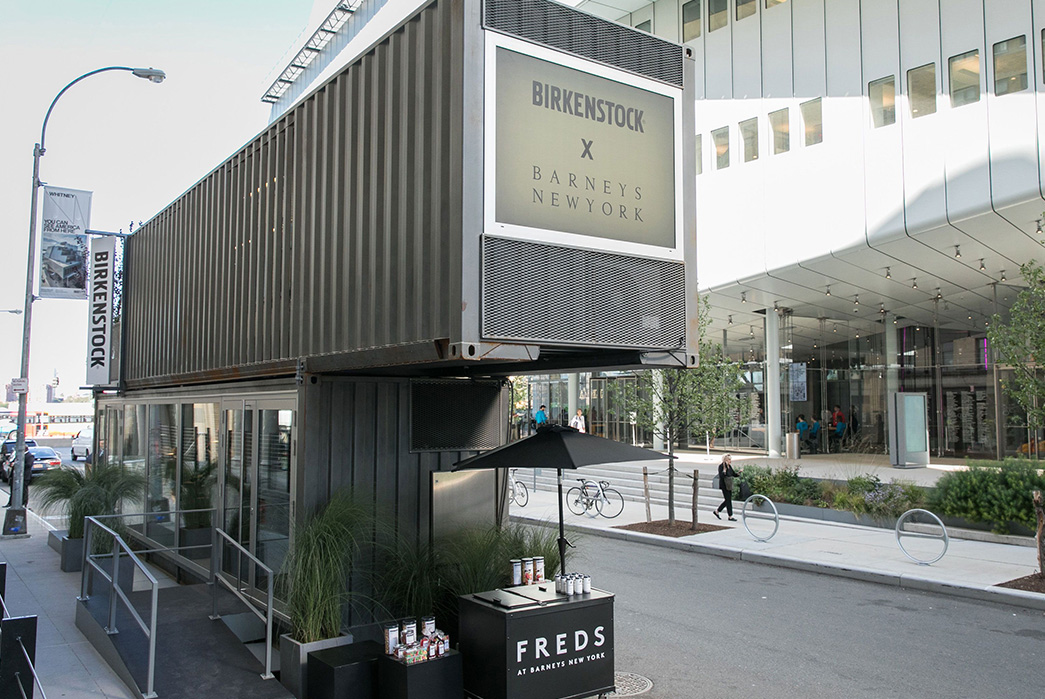
Birkenstock x Barneys concept store via Pinterest
Birkenstock remains a big name in the footwear business, now with thousands of stockists worldwide in addition to brick-and-mortar brand stores. The brand has a huge range of products with over 300 combinations of styles and colors, in addition to foot care accessories. In 2013, Birkenstock merged their loose structure of 38 companies into one cooperation—The Birkenstock Group—a move that saw operations handed over to an executive team that featured no Birkenstock family members. Although this decision broke a 240-year-old tradition of direct Birkenstock family involvement in the business, it has allowed Birkenstock to flourish more than ever before and navigate an extremely competitive modern market.
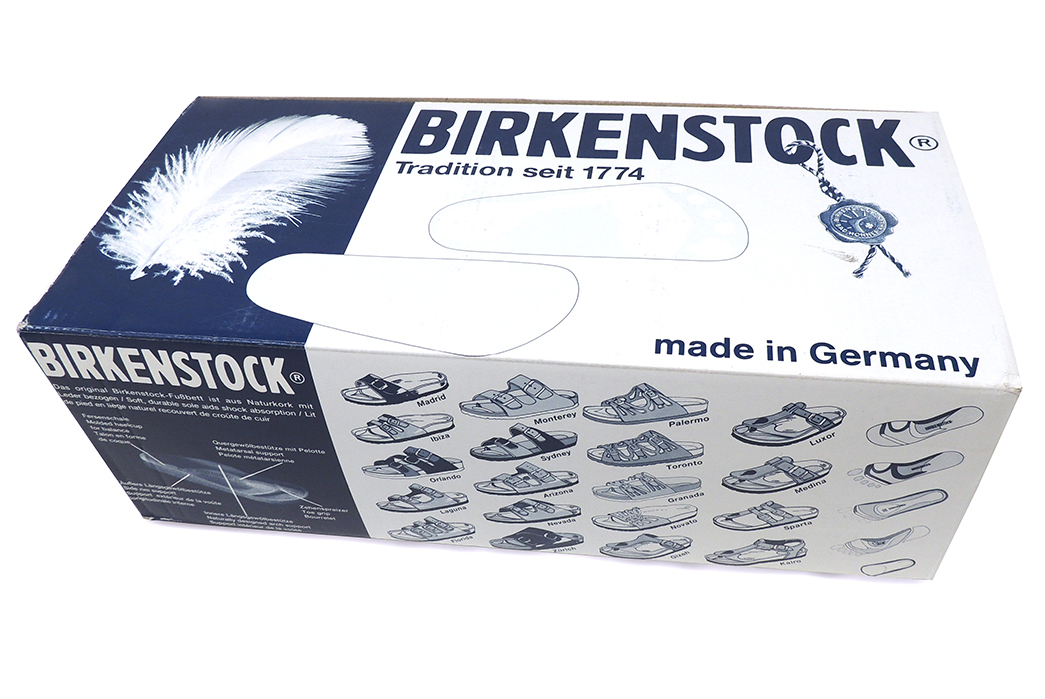
Image via Englin’s Fine Footwear
All Birkenstock footwear is manufactured in Germany, with production facilities in Rhineland-Palatinate, North Rhine-Westphalia, Hesse, and Saxony. An environmentally conscious ethos remains instilled in the business and Birkenstock was given PETA’s Libby Award for being the “Most Animal-Friendly Shoe Company” in 2018.
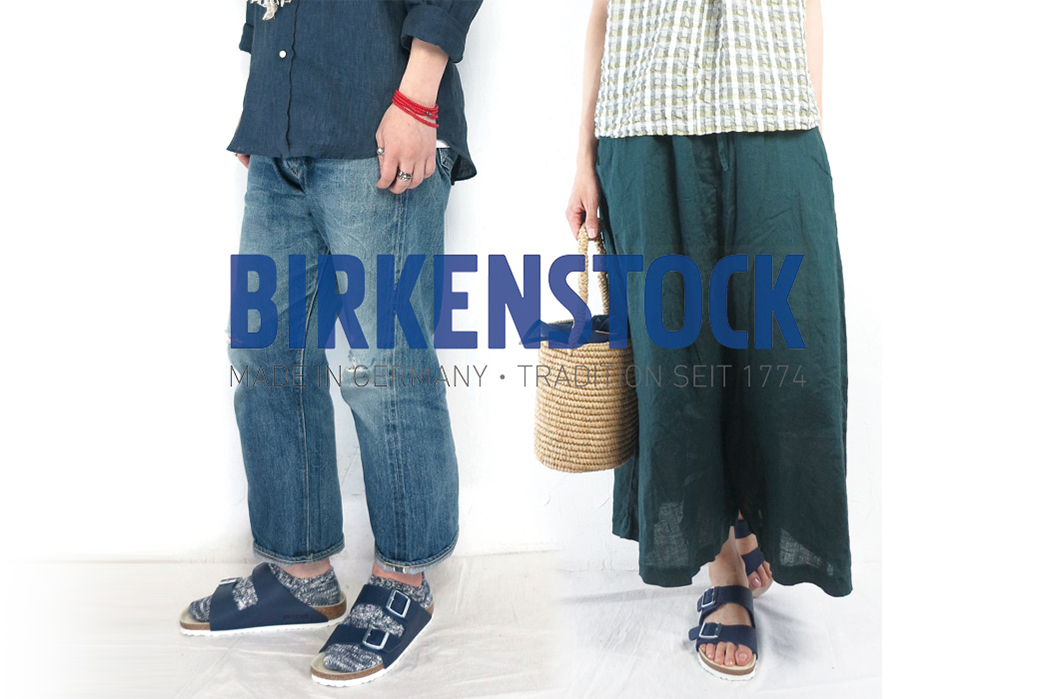
Image via Rakuten
Although Birkenstocks have meandered in and out of mainstream fashion over the past fifty-five years or so, the brand’s most timeless styles have seen sustained popularity in the last few years. This success has not come from heavy product promotion or advertising, in fact, Birkenstock CEO Oliver Reichert insists that the brand trusts in its product so much that Birkenstock are happy to let fashion trends take their course. Speaking to Forbes, Reichert says “We don’t pay the celebrities to wear our shoes, we don’t push anything. We don’t touch it. They are simply talking, sharing, and taking pictures. And everybody’s asking us, ‘Tell me the agency, who’s doing it for you?’ And we say, ‘No, there’s no agency.’ Because Birkenstock is like one of these small rivers in the mountains with incredible water quality. Don’t touch it, because it’s just there.”
Iconic Products
Arizona
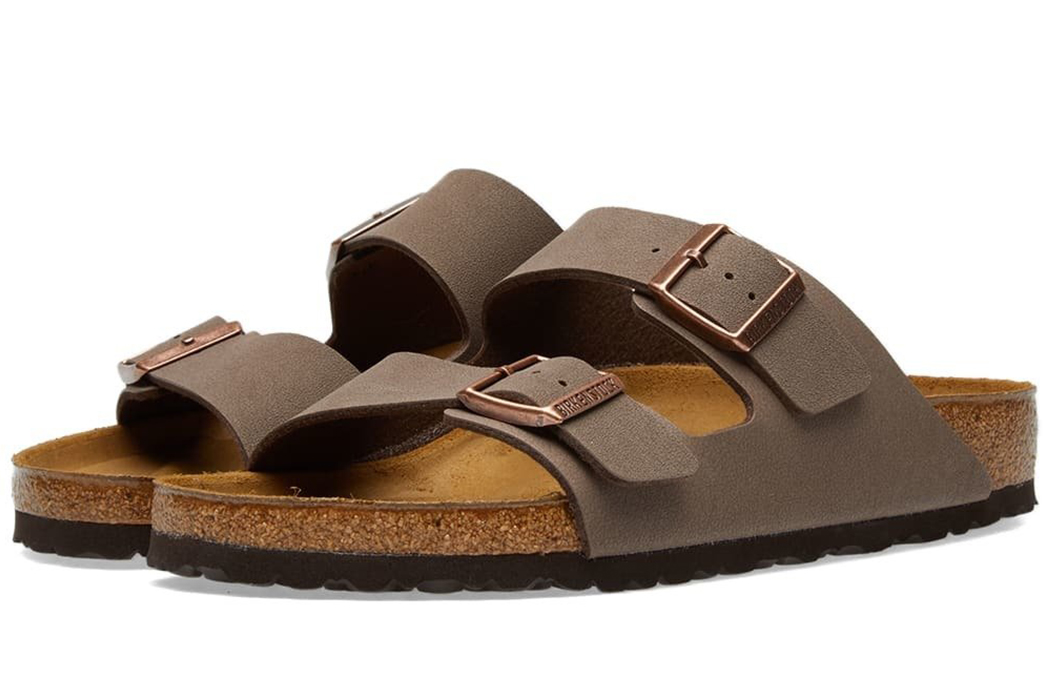
First released in 1973, the Birkenstock Arizona is the brand’s ubiquitous two-strap sandal, equipped with their signature footbed and EVA outsole. Seen here with Mocca nubuck straps, the Arizona features dual adjustable buckle closures.
$75 at End.
Gizeh
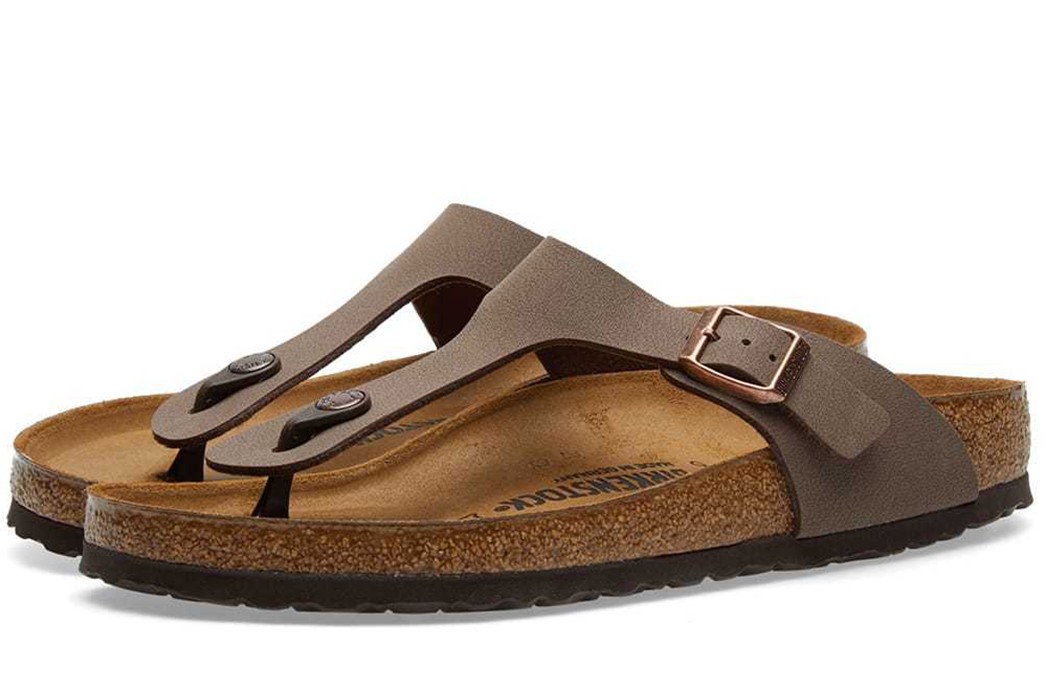
Another iconic style from Birkenstock is the Gizeh. Featuring the same signature contoured footbed with contrasting EVA outsole, the Gizeh features a one-piece upper with a single buckle closure and toe post for extra support.
$69 at End.
Boston
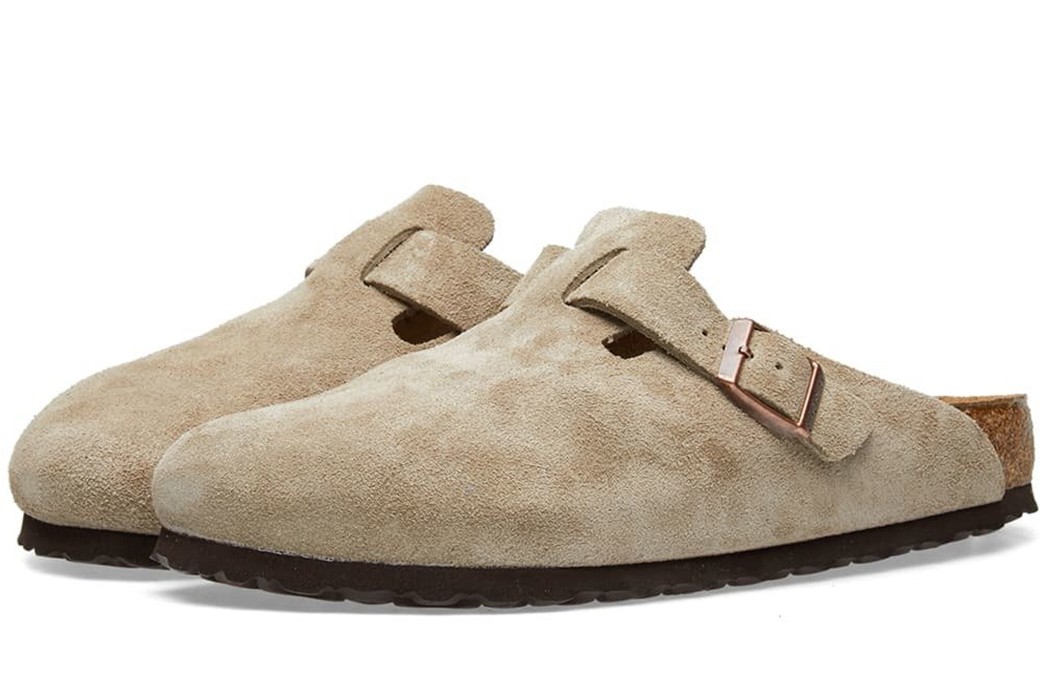
The Boston ‘clog’ by Birkenstock is a classic slip-on shoe adopted by many for its coziness. Seen here in a highly-textured Taupe suede, this wide-fitting clog features Birkenstocks signature footbed and suede upper that covers the majority of the foot and fastens with an adjustable buckle closure.
$105 at End.

